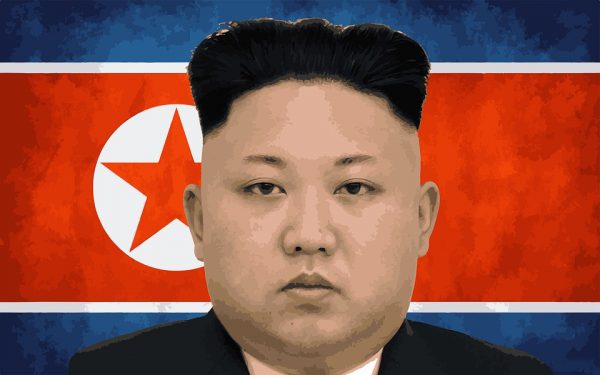In March 2018, U.S. president Donald Trump shocked even his own White House staff when he revealed that he had accepted an invitation to meet with North Korean leader Kim Jong-un. After months of name-calling and threats between Trump and Kim, the news that the two leaders would discuss the possibility of North Korea dismantling its nuclear program came as a welcome surprise to many observers, tempered by doubt about whether there could be a true breakthrough.
In the lead-up to the planned June 12 summit, logistical issues attracted at least as much attention as substance and highlighted the value to professional negotiators of taking time to think through such fundamental aspects of negotiation.
Who’s at the Table?
The most unusual aspect of the planned U.S.–North Korean negotiations is the fact that Trump and Kim themselves planned to be at the table. Never before had a sitting U.S. president and the head of North Korea negotiated in person.
From diplomacy examples to business ones, leaders take a significant gamble when they insert themselves directly into high-profile talks. If talks succeed, leaders can take credit for a job well done. But the possibility of being blamed for failed negotiations motivates many leaders to delegate important negotiations. In addition, leaders typically know little about the specific issues to be negotiated.
Excluding top leaders can also create valuable negotiating leverage. “Effective negotiators often deliberately leave decision-making authority outside of the room,” which enables them to perhaps push for more concessions pending approval from “upstairs,” writes Harvard Law School and Harvard Business School professor Guhan Subramanian in Negotiation Briefings.
Location, Location, Location
One of the most fundamental aspects of negotiation hovering over the U.S.–North Korea meeting was where it would take place. During preparation for negotiation, negotiators who consider their location options carefully can dramatically influence the process and, ultimately, the outcome, writes Tufts University professor Jeswald W. Salacuse in his book Negotiating Life: Secrets for Everyday Diplomacy and Deal Making (Palgrave MacMillan, 2013).
The U.S. and North Korean governments weighed numerous logistical and strategic factors when choosing their meeting locale, media reports suggest. One significant constraint: Kim’s aging Soviet-era airplanes were believed to be incapable of transporting him more than a few thousand miles from North Korea, the New York Times reports. This limitation appeared to rule out the possibility of Kim traveling to the United States for talks.
Might Trump fly to North Korea’s capital, Pyongyang? In negotiation, traveling to a counterpart’s turf shows your willingness to literally go the extra mile, notes Salacuse. It also allows you to observe your counterpart in his or her environment. But the visiting party may not want to do business in “hostile territory,” and traveling to their home base can be seen as a sign of weakness, cautions Salacuse. Both these concerns likely led the Trump administration to rule out a presidential visit to North Korea.
Negotiation Neutrality
With both home countries having been ruled out, North Korean and U.S. officials appear to have considered various neutral locations. Negotiating on neutral territory can be “the worst of both worlds” by limiting negotiators’ ability to learn about each other and inconveniencing both parties, Salacuse cautions. Still, he notes that a neutral location often can be the best place to negotiate a serious conflict because it eliminates status and security concerns.
Because of their relative neutrality, several Asian nations emerged as compromise options early in the talks, with Vietnam and Singapore as the top contenders. Despite their proximity to North Korea, China and Japan were ruled out because of their respective ongoing tensions with the United States and North Korea.
Yet another relatively neutral option was the Demilitarized Zone (DMZ) on the border between North Korea and South Korea. Trump reportedly appreciated the symbolism of the location when weighing international negotiation strategies. If his negotiations with Kim were fruitful, “there’s a great celebration to be had on the site” as compared to “in a third-party country,” the American president said, according to the Times. However, there was a risk that Trump would agree to make significant concessions in order to close a deal in the DMZ.
Ultimately, Trump went along with his advisers, announcing that he and Kim would be meeting in Singapore because of its neutrality and ability to address security concerns. That revelation had its own dramatic flair: Trump made it while welcoming home three Americans newly freed by North Korea in a floodlit 3:00 a.m. ceremony at Joint Base Andrews outside Washington, D.C.
What other fundamental aspects of negotiation do you consider before negotiating?
